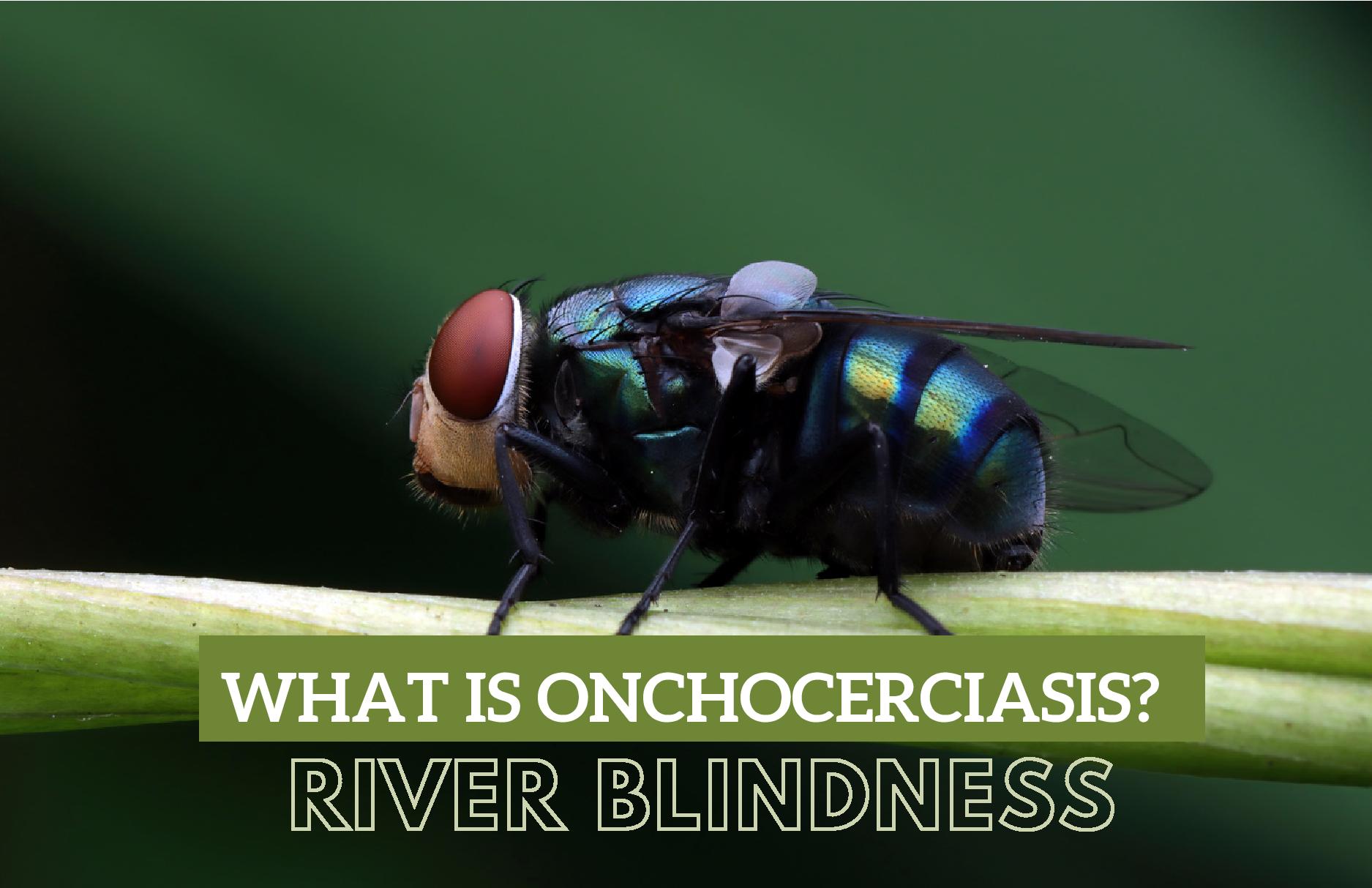Just In
- 8 hrs ago

- 8 hrs ago

- 11 hrs ago

- 12 hrs ago

Don't Miss
- Finance
 1:10 Split, Rs 51 Dividend: Accumulate Tata Stock, TP Rs 170; Big Update On £1.25 Bn Investment
1:10 Split, Rs 51 Dividend: Accumulate Tata Stock, TP Rs 170; Big Update On £1.25 Bn Investment - News
 Harvey Weinstein's Conviction Overturned, Netizens Angered Over Elite Privilege
Harvey Weinstein's Conviction Overturned, Netizens Angered Over Elite Privilege - Movies
 Arti Singh Wedding: Groom Dipak Chauhan’s First Look Out As He Reaches Venue With Baraat - VIRAL VIDEOS
Arti Singh Wedding: Groom Dipak Chauhan’s First Look Out As He Reaches Venue With Baraat - VIRAL VIDEOS - Sports
 T20 World Cup 2024: Waqar Younis Predicts Pakistan's 15-Man Squad; Drops This Express Pacer
T20 World Cup 2024: Waqar Younis Predicts Pakistan's 15-Man Squad; Drops This Express Pacer - Automobiles
 Royal Enfield Unveils Revolutionary Rentals & Tours Service: Check Out All Details Here
Royal Enfield Unveils Revolutionary Rentals & Tours Service: Check Out All Details Here - Technology
 Elon Musk’s X Is Launching a TV App Similar to YouTube for Watching Videos
Elon Musk’s X Is Launching a TV App Similar to YouTube for Watching Videos - Education
 AICTE introduces career portal for 3 million students, offering fully-sponsored trip to Silicon Valley
AICTE introduces career portal for 3 million students, offering fully-sponsored trip to Silicon Valley - Travel
 Escape to Kalimpong, Gangtok, and Darjeeling with IRCTC's Tour Package; Check Itinerary
Escape to Kalimpong, Gangtok, and Darjeeling with IRCTC's Tour Package; Check Itinerary
What Is Onchocerciasis, Also Called 'River Blindness'? Symptoms And Causes
Onchocerciasis, also known as river blindness, is a skin and eye disease. It is caused by the parasitic worm Onchocerca volvulus, a type of blackfly from the genus Simulium that transmits the disease to humans and livestock through bites. This type of blackfly is commonly found near rivers and streams. Hence, the name "river blindness".
The Onchocerciasis Control Programme (OCP) successfully controlled onchocerciasis in West Africa between 1974 and 2002 by spraying insecticides against blackfly larvae (vector control) by helicopters and planes. It was later supplemented by large-scale distribution of ivermectin in 1989 [1].
More than 99 per cent of infected individuals reside in 31 African countries. It is also present in Latin America and Yemen.

What Are The Symptoms Of River Blindness?
Onchocerciasis is a disease of the eye and skin. Symptoms are caused by the microfilariae, which move around the human body in the subcutaneous tissue and incite intense inflammation when they die [2][3].
There are several stages of onchocerciasis. There may not be any symptoms in the early stages. The symptoms and the infection may take up to a year to appear.
When the infection becomes severe, the following symptoms may appear:
- Rashes on the skin
- Swollen lymph glands (rare) [4]
- Severe itching
- Bumps under the skin
- Lack of elasticity of the skin
- Itching of the eyes
- Changes in skin pigmentation
- Enlarged groin
- Cataracts
- Light sensitivity
- Loss of vision
What Causes River Blindness?
A person may develop river blindness if infected female blackflies repeatedly bite them. Blackflies transmit the larvae of the worm Onchocercidae through their bite. During the course of six to 12 months, larvae migrate to the subcutaneous tissue of your skin and develop into adult worms. The cycle is repeated when a female blackfly bites a person infected with onchocerciasis and ingests the parasite [5].
An adult worm can live for ten to fifteen years and may produce millions of microfilariae. When microfilariae die, symptoms appear, so the longer you are infected, the more severe your symptoms may be. The most severe, longest-lasting cases result in blindness.
What Are The Risk Factors For River Blindness?
Since black flies breed in these areas, you are at a higher risk of contracting onchocerciasis if you live near fast-running streams or rivers in tropical areas. Residents, volunteers, and missionaries in areas of Africa are most at risk [6].

How Is River Blindness Diagnosed?
The doctor will perform a skin biopsy, known as a skin snip. A 2- to 5-milligram sample of skin will be removed during this procedure. The snips are taken from different body parts, usually six in total.
The Mazzotti test is an alternative test. The test is a skin patch test using diethylcarbamazine (DEC).
A less common form of testing is the nodulectomy, which involves surgically removing a nodule and then examining it for worms. There is also the option of performing an enzyme-linked immunosorbent assay (ELISA) test, which requires expensive equipment.
Two recent tests, the polymerase chain reaction (PCR) and the rapid-format antibody card test, appear promising [7].
How Is River Blindness Treated?
The World Health Organization recommends treating onchocerciasis with ivermectin at least once a year for 10 to 15 years. In addition, Mectizan Expert Committee (MEC)/APOC recommendations for the prevention and management of severe adverse events should be followed by affected countries [8].
On A Final Note...
The diagnosis of onchocerciasis remains a challenge for programs. However, WHO has verified that four countries are free of onchocerciasis after implementing successful elimination activities for decades: Colombia (2013), Ecuador (2014), Mexico (2015), and Guatemala (2016).
-
 pregnancy parentingWhite Lung Syndrome: What Are The Symptoms Of The Disease Rampant In China? How Does It Spread?
pregnancy parentingWhite Lung Syndrome: What Are The Symptoms Of The Disease Rampant In China? How Does It Spread? -
 healthWorld HIV/AIDS Day: What Is The Difference Between HIV and AIDS?
healthWorld HIV/AIDS Day: What Is The Difference Between HIV and AIDS? -
 healthDengue 101: Causes, Symptoms, Risks, Complications, Treatment, Prevention, Diet And More
healthDengue 101: Causes, Symptoms, Risks, Complications, Treatment, Prevention, Diet And More -
 healthDiarrhoea 101: Causes, Symptoms, Risks, Complications, Treatment, Prevention, Diet And More
healthDiarrhoea 101: Causes, Symptoms, Risks, Complications, Treatment, Prevention, Diet And More -
 health'Epileptic Nightmare' of Neurocysticercosis: The Hidden Epidemic of Parasites Causing Epilepsy
health'Epileptic Nightmare' of Neurocysticercosis: The Hidden Epidemic of Parasites Causing Epilepsy -
 pregnancy parentingLife-Threatening Risk During Pregnancy: Sepsis Can Harm Both Mother and Baby
pregnancy parentingLife-Threatening Risk During Pregnancy: Sepsis Can Harm Both Mother and Baby -
 healthStay Informed: The Hidden Dangers of Legionnaires' Disease and How to Prevent It
healthStay Informed: The Hidden Dangers of Legionnaires' Disease and How to Prevent It -
 healthMyths vs Facts: Can A Single Mosquito Bite Really Give You Dengue?
healthMyths vs Facts: Can A Single Mosquito Bite Really Give You Dengue? -
 healthTop 5 Reasons For Vaginal Rash: When You Should See A Doctor
healthTop 5 Reasons For Vaginal Rash: When You Should See A Doctor -
 healthCan Inhaling Menthol Help Improve Memory For Alzheimer's Disease?
healthCan Inhaling Menthol Help Improve Memory For Alzheimer's Disease? -
 healthWorld Vitiligo Day 2023: Are You At Risk Of Developing Vitiligo?
healthWorld Vitiligo Day 2023: Are You At Risk Of Developing Vitiligo? -
 beautyFather's Day 2023: Stretch Marks In Men, Causes And Treatments
beautyFather's Day 2023: Stretch Marks In Men, Causes And Treatments


 Click it and Unblock the Notifications
Click it and Unblock the Notifications



